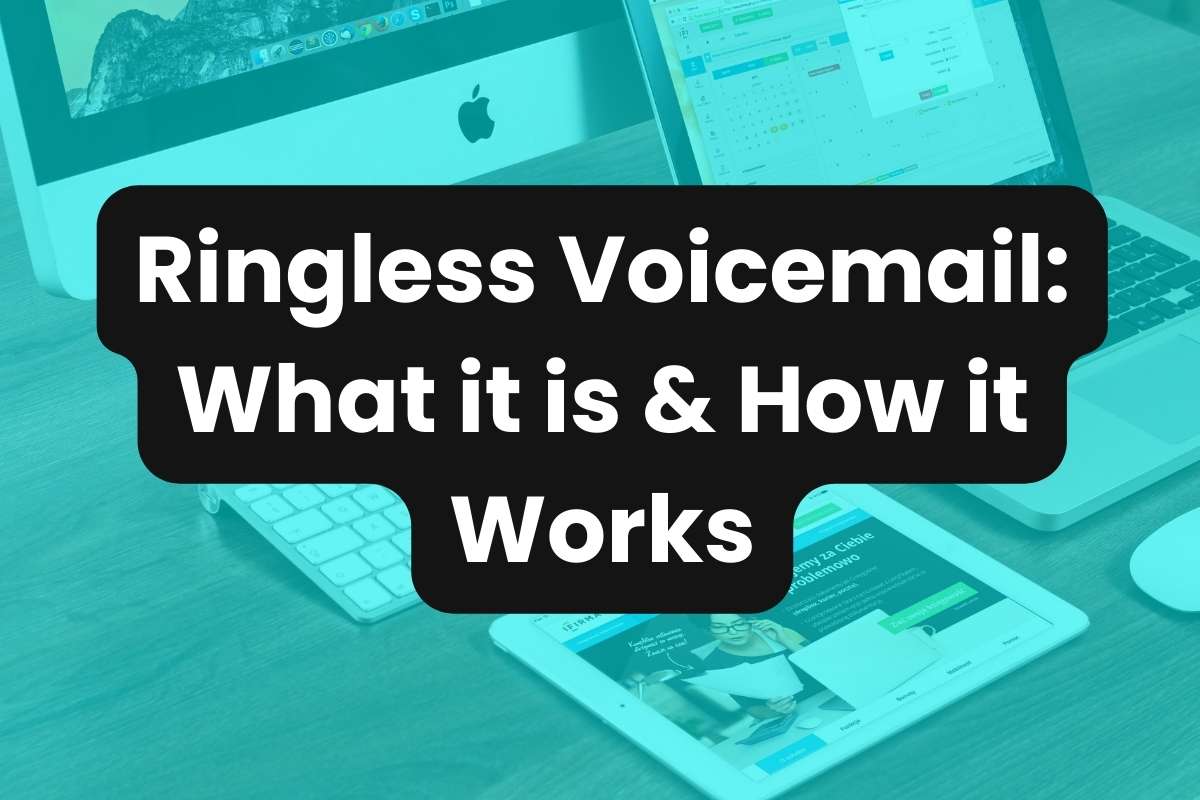Ringless voicemail has emerged as a modern tactic that enables businesses to reach out to their audience without the intrusive ring of a traditional phone call.
This technology offers a unique way to send messages directly to a recipient’s voicemail, making it an interesting tool for marketers, political campaigns, and customer service operations.
This article explores the essence of ringless voicemail, its operational dynamics, the advantages and disadvantages it presents, and how you can deploy this technology for your communication needs.
What is Ringless Voicemail?
Ringless voicemail is a technology that allows a voicemail message to be delivered to a recipient’s mobile or landline voicemail box without making the phone ring.
It’s designed to be a less intrusive form of communication, as it does not disrupt the recipient with a call.
Instead, the message quietly slips into the voicemail box, waiting to be discovered at the recipient’s convenience.
This feature makes it particularly appealing for marketing and informational campaigns, aiming to convey messages without causing annoyance or interruption.
How Does Ringless Voicemail Work?
The technology uses a server-to-server communication method to directly insert the voicemail message into the carrier’s voicemail server.
This bypasses the traditional call process entirely, meaning the phone doesn’t ring, but a notification may appear indicating a new voicemail.
This method adheres to telecommunications standards and regulations, making it a legal communication tool in many jurisdictions.
Pros & Cons
Pros
- Non-Intrusive: Since the phone doesn’t ring, recipients can listen to the message at their leisure, making it less disruptive.
- High Open Rates: Voicemail messages tend to have high open rates compared to email or direct mail, potentially leading to higher engagement.
- Cost-Effective: Ringless voicemail can be more cost-effective than traditional call centers or mail campaigns, with the ability to reach a large audience quickly.
Cons
- Regulatory Concerns: There are legal considerations and regulations that vary by region, which businesses must adhere to avoid penalties.
- Limited Interaction: Unlike a phone call, ringless voicemail does not allow for immediate feedback or interaction from the recipient.
- Perception Issues: Some recipients may perceive these messages as spammy or intrusive, even without the disruption of a ringing phone.
How to Send Ringless Voicemail
To send a ringless voicemail, businesses typically engage the services of a provider specializing in this technology.
The process involves:
- Choosing a Provider: Select a reputable ringless voicemail service provider that complies with legal standards and has a robust platform.
- Creating Your Message: Record a clear, concise, and engaging message that delivers your desired information or call to action.
- Uploading Contacts: Upload your list of contacts to the provider’s platform, ensuring you have consent to contact them as required by law.
- Scheduling Delivery: Choose when you want the messages to be delivered. Timing can significantly impact the effectiveness of your campaign.
- Analyzing Results: Use the provider’s analytics tools to track delivery rates, listen rates, and any callbacks or responses generated by your campaign.
As with any marketing tool, the key to success lies in respectful and strategic use, ensuring messages are both heard and appreciated.


